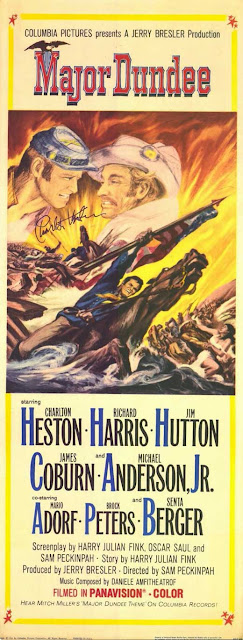Nita
and I just returned from our week-long automobile tour of Scotland—I drove a tiny car
over 1,000 miles of narrow, curving roads, loving it. The scenery was spectacular,
the little towns charming, the people cordial, the other drivers forgiving. And
I did eat haggis once for lunch.
But
for all the wide variety of landscapes and people, our day at the Gordon Castle
Highland Games and Country Fair stands out. We sat on a hay bale for hours watching
all the normal Highland games contests, plus a tug-o-war tournament, plus some
spectacular bagpipe and drum marching bands, dancing Scottish girls, some fine
modern Scottish music, parades of regal Gordon setters, and on and on.
And
kilts. Check out the guy running the tug-o-war contests and these well-lubed
fellows enjoying the band.
The tug o war pulls were almost still-life drama as both teams kept on the pressure waiting for the other team to slip or gasp or something. Each pull might last five minutes before once side was finally pulled over the line.
This little red-topped gal stole the show after her daddy took part in the tug o war competition.
The flying caber is one of the few we saw actually flip over high in the air and qualify. The pole is 18 feet long and weighs 150 pounds.
If
I ever go back to a day of Highland Games in Scotland (fat chance), I’m first
going to piss off Nita and spring for a kilt and all the trimmings, just so I
can strut around in it all day, acting the part of The McBride of Family McBride.
I hope someone will post a
comment as to what the big green mushroom-ish looking things are. The Scots are
a practical people is my hint.
Leaving the games behind, here’s
some Scottish military connections from here and there. First is a dignified statue memorial
to the WWII British Commandos. It’s on a mountain top in rugged Scotland because that’s where the newly-formed
commando units trained.
Next
are two trophies from the 1800's displayed in two Scottish regiments’ museums housed in castles we toured. First is a French Eagle
captured in combat at Waterloo by a sergeant in the Royal Scots Grays Cavalry
Regiment. That was a big deal.
Next
is a a Zulu knobkerrie picked up on the battlefield by a private in a
Highlander foot regiment. The Zulus were a nasty but worthy opponent, and this
a nasty, but ornate, killing club.
Third
is the grave marker for the heart of Robert the Bruce. The betraying clan leader in the Brave Heart movie became the revered King of Scotland, and,
yes, just his heart is buried here. Before he died, Bruce ordered his heart be removed
and carried into the next battle with the army he’d led so his men would know
that he had not abandoned them, even in death. The burial site is the now-ruined Abbey
at Melrose.
The
stone swine gargoyle high on the wall of the ruined Abbey overlooking Bruce’s
buried heart is playing a bagpipe. Go figure.
Take
the last two images as you will. I yam what I yam, and I see what I see.
















